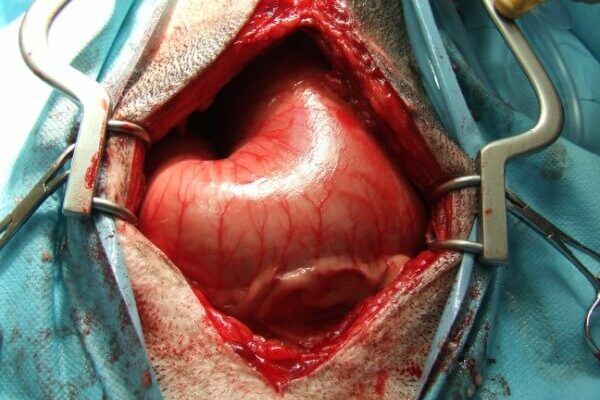april, 2024

Course Details
Week 1 Approach to the Caesarean Patient Brief overview of parturition Complications of parturition Caesarean section Learning objectives After completion of this week,
Course Details
Week 1
Approach to the Caesarean Patient
Brief overview of parturition
Complications of parturition
Caesarean section
Learning objectives
After completion of this week, participants should be able to:
Explain complications that might occur in parturition
Explain the reasons for intervening in these cases in order to perform a C section
Understand nursing of the caesarean patient
Week 2
The GDV Patient
Physiology of GDV
Diagnosis
Stabilisation of the GDV
Anaesthesia considerations
Post-operative nursing
Learning objectives
After completion of this week, participants should be able to:
Understand the physiology of a GDV and list some of the common risk factors associated with this condition
Describe how a GDV is diagnosed and which tests can help us to identify this condition in the emergency patient
List the common stabilisation techniques in the emergency patient including management of shock and commonly used gastric decompression techniques
Discuss anaesthesia considerations and how to make the patient a safe candidate for surgery
Describe the nursing considerations for the post-operative GDV case and the factors which need to be included in the care plan of the hospitalised patient
Week 3
Nursing the Septic Abdomen Patient
What are SIRS and sepsis?
Recognising sepsis
The use of diagnostic tools in the veterinary practice to help recognise a septic abdomen
Nursing management of a septic abdomen
Learning objectives
After completion of this week, participants should be able to:
Describe SIRS and sepsis and the difference between them
Understand how to recognise sepsis in veterinary patients
List the different tests we have available in practice that can be used to help identify a septic abdomen
Explain how patients with a septic abdomen can best be nursed in practice, pre-, peri and post operatively
Week 4
Haemoabdomen
Physiology of haemoabdomen
Diagnosis
Stabilisation of the haemoabdomen
Anaesthesia considerations
Post-operative nursing
Learning objectives
After completion of this week, participants should be able to:
Understand the physiology of a haemoabdomen and list some of the common causes associated with this condition
Describe how a haemoabdomen is diagnosed and which tests can help us to identify this condition in the emergency patient
List the common stabilisation techniques in the emergency patient including management of shock
Discuss anaesthesia considerations and how to make the patient a safe candidate for surgery
Describe the nursing considerations for the post-operative haemoabdomen case and the factors which need to be included in the care plan of the hospitalised patient
The course will be fully tutored by Elle Haskey and Katie Gray and will consist of 10 hours of CPD given in various formats, including tutorials, tasks, case studies, forum discussions and quizzes. This course is tutored for 4 weeks, followed by a two week extension of untutored ‘catch up’ time, before the course officially ends.
All delegates will then have unlimited lifetime access to the learning material for future reference
Time
April 29 (Monday) - May 24 (Friday)
Location
Online
Speakers for this event
-
Elle Haskey
Elle Haskey
BSc(hons), VTS(ECC) VPAC A1, RVN
HEAD EMERGENCY AND CRITICAL CARE NURSE, ROYAL VETERINARY COLLEGE
BSc(hons), VTS(ECC) VPAC A1, RVN
-
Katie Gray
Katie Gray
Dip AVN, RVN
SENIOR EMERGENCY AND CRITICAL CARE NURSE, ROYAL VETERINARY COLLEGE
Dip AVN, RVN


0 Comments